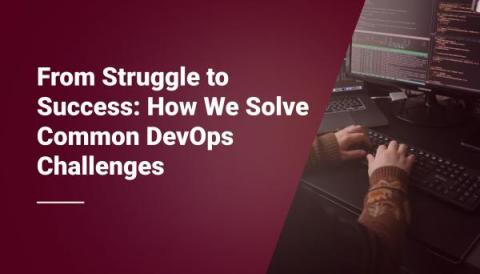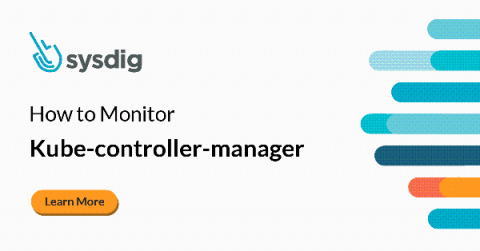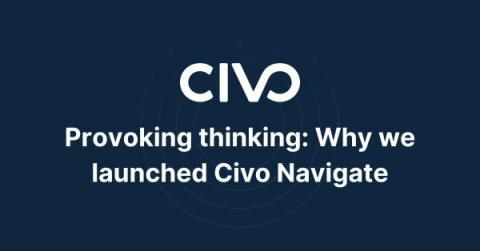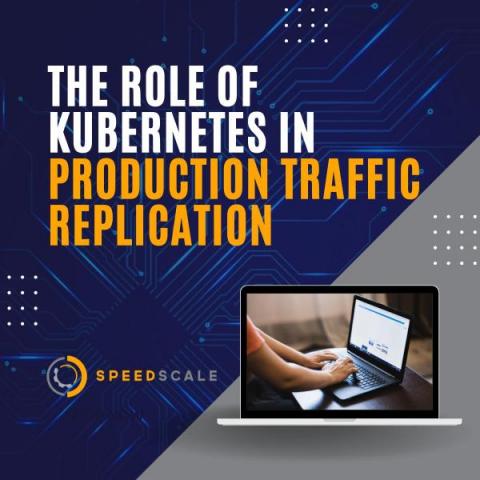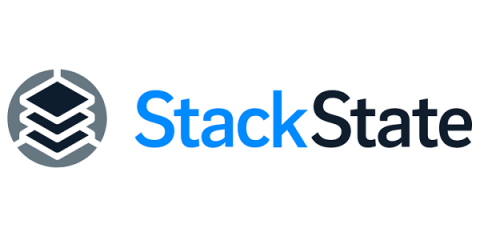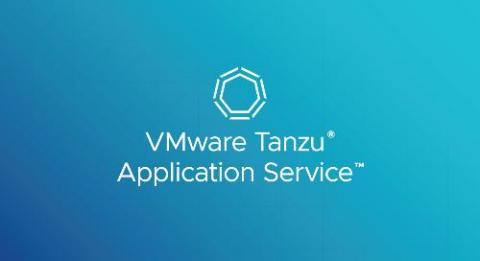Operations | Monitoring | ITSM | DevOps | Cloud
Containers
The latest News and Information on Containers, Kubernetes, Docker and related technologies.
From Struggle to Success: How We Solve Common DevOps Challenges
Introduction to Kubernetes Imperative Commands
How to Monitor kube-controller-manager
When it comes to creating new Pods from a ReplicationController or ReplicaSet, ServiceAccounts for namespaces, or even new EndPoints for a Service, kube-controller-manager is the one responsible for carrying out these tasks. Monitoring the Kubernetes controller manager is fundamental to ensure the proper operation of your Kubernetes cluster. If you are in your cloud-native journey, running your workloads on top of Kubernetes, don’t miss the kube-controller-manager observability.
What's new in Calico Enterprise 3.15: FIPS 140-2 compliance, new dashboards, egress gateway pod failover, and more!
Tigera provides the industry’s only active Cloud-Native Application Security Platform (CNAPP) for containers and Kubernetes. Available as a fully managed SaaS (Calico Cloud) or a self-managed service (Calico Enterprise), the platform prevents, detects, troubleshoots, and automatically mitigates exposure risks of security issues in build, deploy, and runtime stages across multi-cluster, multi-cloud, and hybrid deployments.
Provoking thinking: Why we launched Civo Navigate
At Civo, we have always sought to expand people’s understanding of technology. From setting up an academy to help people get to grips with Kubernetes to running developer events around the world, we firmly believe that the benefits of technology should be accessible to everyone. There is a growing global community in the tech sector that is focused on a new way of doing things. This community is united by a conviction that these changes must be done for the benefit of all.
The Role of Kubernetes in Production Traffic Replication
5 Predictions for Kubernetes in 2023
It should surprise no one that Kubernetes uptake is growing and will continue to do so. The wildly popular container orchestration platform’s continuous development is fueled by broad adoption. This will continue in 2023 as more companies, teams and individuals embrace it as a platform for innovation, building new applications and scaling existing ones faster than ever before.
A 2022 Recap for VMware Tanzu Application Service and Cloud Foundry
VMware Tanzu Application Service is a modern application platform for enterprises that want to deliver mission-critical microservices across clouds. The team at VMware Tanzu has been hard at work this year, continuing to enhance the overall developer and operator experiences on the platform. In addition to this work, the team continued to collaborate closely with the Cloud Foundry community and honor VMware’s commitment to open source ecosystems.
When to Use K3s and RKE2
K3s and Rancher Kubernetes Engine (RKE2) are two Kubernetes distributions from the SUSE Rancher container platform. Either project can be used to run a production-ready cluster; however, they target different use cases and consequently possess unique characteristics. This article will explain the similarities and differences between the projects. You’ll learn when it makes sense to use RKE2 instead of K3s and vice versa.



